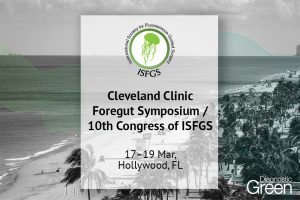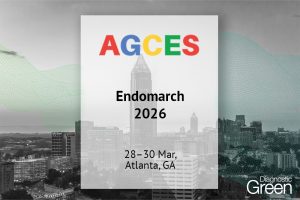Background: Nipple-sparing mastectomy (NSM) carries significant risk of mastectomy skin flap necrosis (MSFN) which can compromise oncological, surgical, and quality-of-life outcomes. Prospective data on intraoperative predictors of MSFN could help with mitigating this risk.
Methods: Single institution prospective trial of patients undergoing NSM implant-based reconstruction for breast cancer or prophylaxis (2021-2024). Flap perfusion was evaluated using clinical assessment, and indocyanine green (ICG) angiography perfusion values and angiogram patterns. Ischemic complications up to 90 days postoperative were documented. Patient, operative factors, and perfusion analyses, evaluated with univariate and multivariate analysis. Trial registration: ACTRN12621000828820.
Results: One hundred eighty-eight patients underwent 274 NSMs. Eight percent of breasts (22 of 274) developed nipple or skin flap necrosis. Among these, 27.3% had superficial, 31.8% had partial-thickness, and 40.9% had full-thickness necrosis. Multivariate analysis identified previous radiotherapy, ICG angiography absolute perfusion value <14units, ICG angiography relative perfusion value <30%, and absence of a second intercostal perforator vessel as independent factors associated with necrosis (HR 2.17, 95% CI 0.92-4.11, p=0.037; HR 2.53, 95% CI 1.43-3.6, p=0.014; HR 1.2, 95% CI 0.2-1.95, p 0.047; HR 2.81, 95% CI 1.13-3.44, p=0.046, respectively). Mastectomy incision type, clinical assessment of flap perfusion, mastectomy weight, and initial tissue expander fill ratio were not found to be independent factors associated with necrosis.
Conclusions: Preservation of the second intercostal perforator vessel was identified as a modifiable intraoperative factor that may decrease the risk of necrosis after NSM. Poor intraoperative perfusion, as detected by ICG angiography, was associated with a greater likelihood of necrosis.




